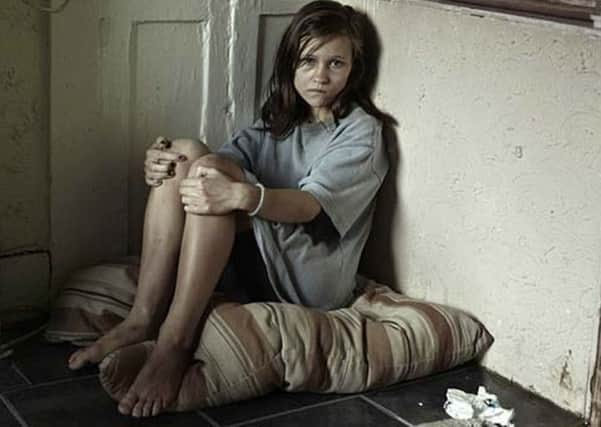Extent of child poverty revealed in new profile


According to a new Child Health Profile, published yesterday by Public Health England, 19.1 per cent of children aged under 16 are living in poverty in the borough, a figure which is worse than the average for England.
The 2016 profiles present data across 32 key health indicators of child health and wellbeing in a bid to help local organisations work in partnership to improve health in their local area.
Advertisement
Hide AdAdvertisement
Hide AdThe profile reads, in a area labelled key findings: “The health and wellbeing of children in Wigan is generally worse than the England average.
Infant and child mortality rates are similar to the England average.
“The level of child poverty is worse than the England average with 19.1% of children aged under 16 years living in poverty. The rate of family homelessness is better than the England average.”
Although it the figure is worse than the average for England, 18.6 per cent, it is better than the North West average of 21 per cent and it has decreased from 2015 when it stood at 19.5 per cent and 2014, when it was 20.5 per cent.
Advertisement
Hide AdAdvertisement
Hide AdMakerfield MP Yvonne Fovargue said: “There is still much further to go, but I am proud that the last Labour government took over one million children out of poverty.
“But I fear all that progress is now being undone by the last Tory/Lib Dem coalition and this current Government’s unfair and failing economic policies. With a faltering low wage economy, cuts to tax credits and the cost of childcare support eating into pay packets for local families, it’s no wonder that these figures are a cause for concern.
“That’s why I applaud our local council for its continued prioritisation of early years support. What we now need is a Government plan to match the ambitions of our council and its partners to get the economy growing again to give every child, and not just some, the best start in life.”
The profiles include an ‘at a glance’ summary of child health in the area, maps and charts showing how the health of the area compares to the national view and a ‘sine chart’ health summary showing the difference in health between the area and the England average for 32 indicators.
The indicators also include child obesity levels, the percentage of children being vaccinated against MMR and other childhood conditions , how many children are in care and teenage pregnancies.